A Guide to Finding Your Interior Design Style

In the vast and creative world of interior design, finding your interior design style is akin to uncovering the DNA that defines your personal aesthetic. Your home is your sanctuary; it should be a place that reflects your personality, preferences, hobbies and lifestyle. Ever since COVID, home interiors have been in the spotlight like never before. There is an uproar over revamping your home to fit your lifestyle, or to beautify it to your liking. Social media has also been a great platform to discover how other homeowners have created or styled their homes.
If you just started venturing into interior design and are getting frustrated over finding your own style, fret not. In this blog, we will embark on a journey of self-discovery, offering insights and practical tips to help you identify and embrace the interior design style that resonates with your individuality.
1. Reflecting on Personal Preferences
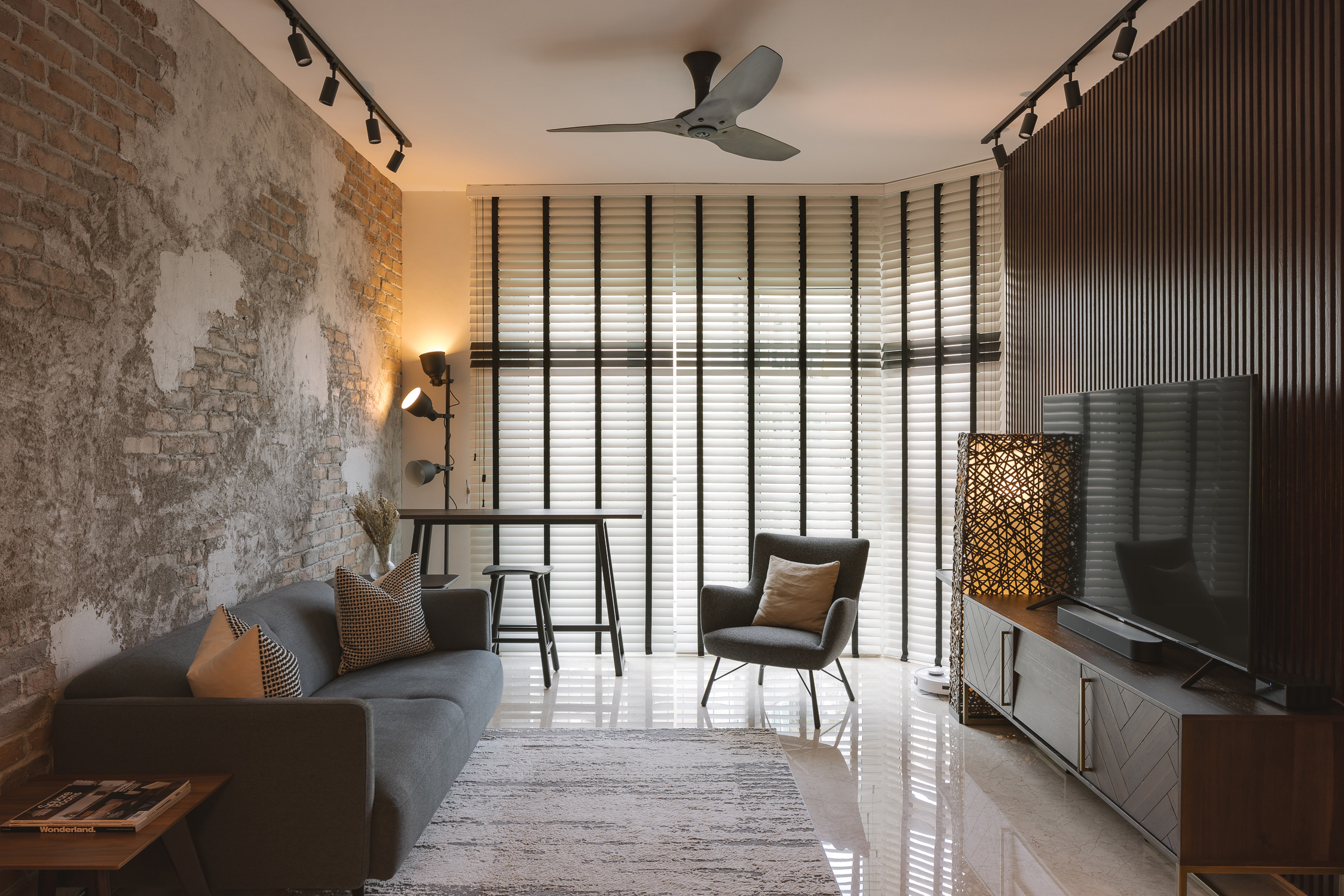
First of all, start your journey by reflecting on your personal preferences. What colors, patterns, and textures catch your eye? Consider the clothes you love, the places you feel most comfortable/drawn to, and the items that speak to you. What colors or elements make you feel most at ease? This introspective approach will provide clues about the components that make you feel at home. Note down these bits of information on your inspiration board as you go on the journey of finding your interior style.
2. Creating an Inspiration Board
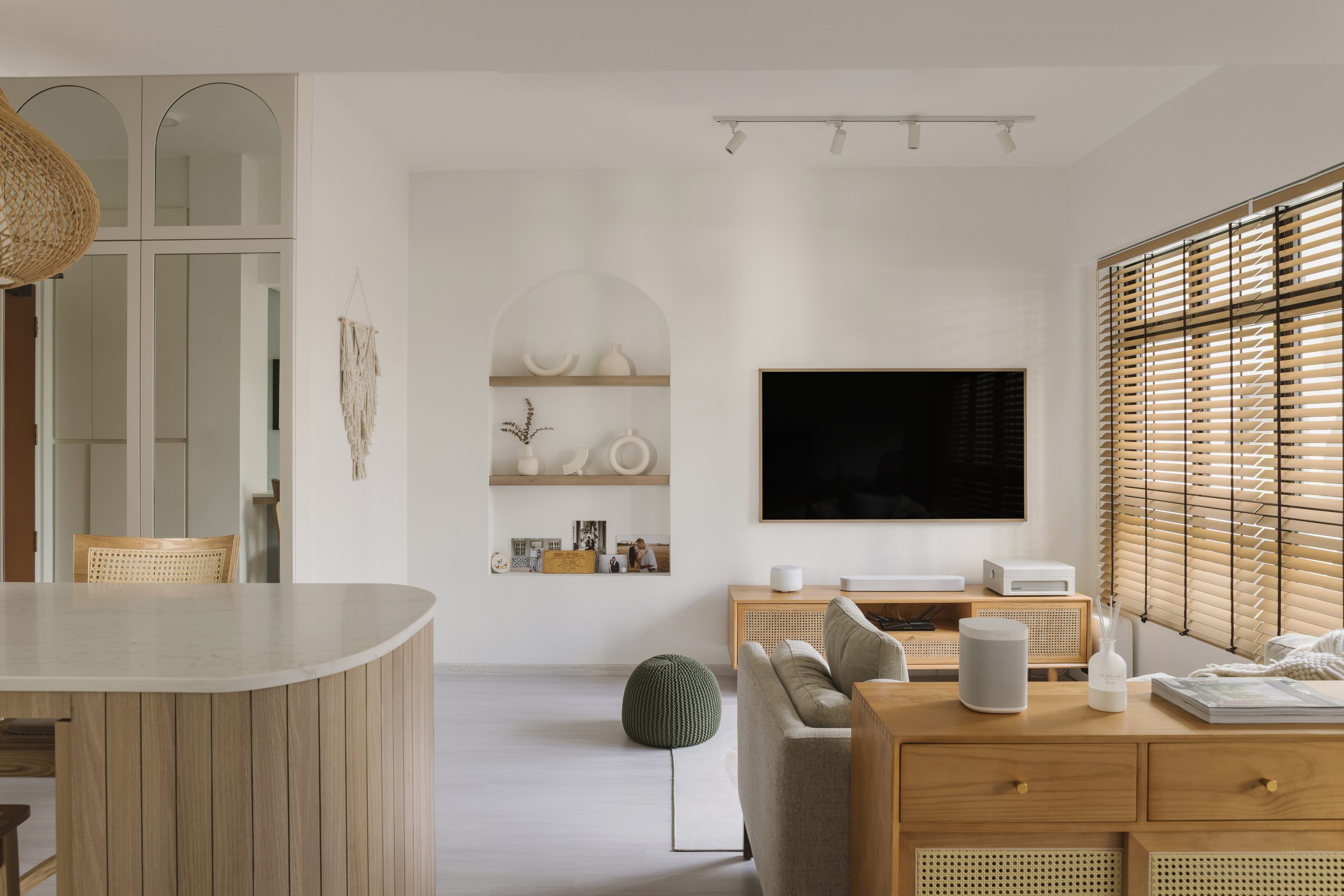
Assemble an inspiration board or digital mood board featuring images, colors, and styles that inspire you. This visual collage will help you identify recurring themes and patterns, allowing you to pinpoint the overarching style you are drawn to. Websites, magazines, and social media platforms like Pinterest, Stacked Homes, Qanvast, Design Anthology, Instagram, and YouTube, are treasure troves of inspiration. With the rise of home interior content, more people are willing to showcase their homes, which is very good for those new to interior design and are still discovering what they like. This gives you a wider pool of examples to explore your preferences.
3. Exploring Design Styles
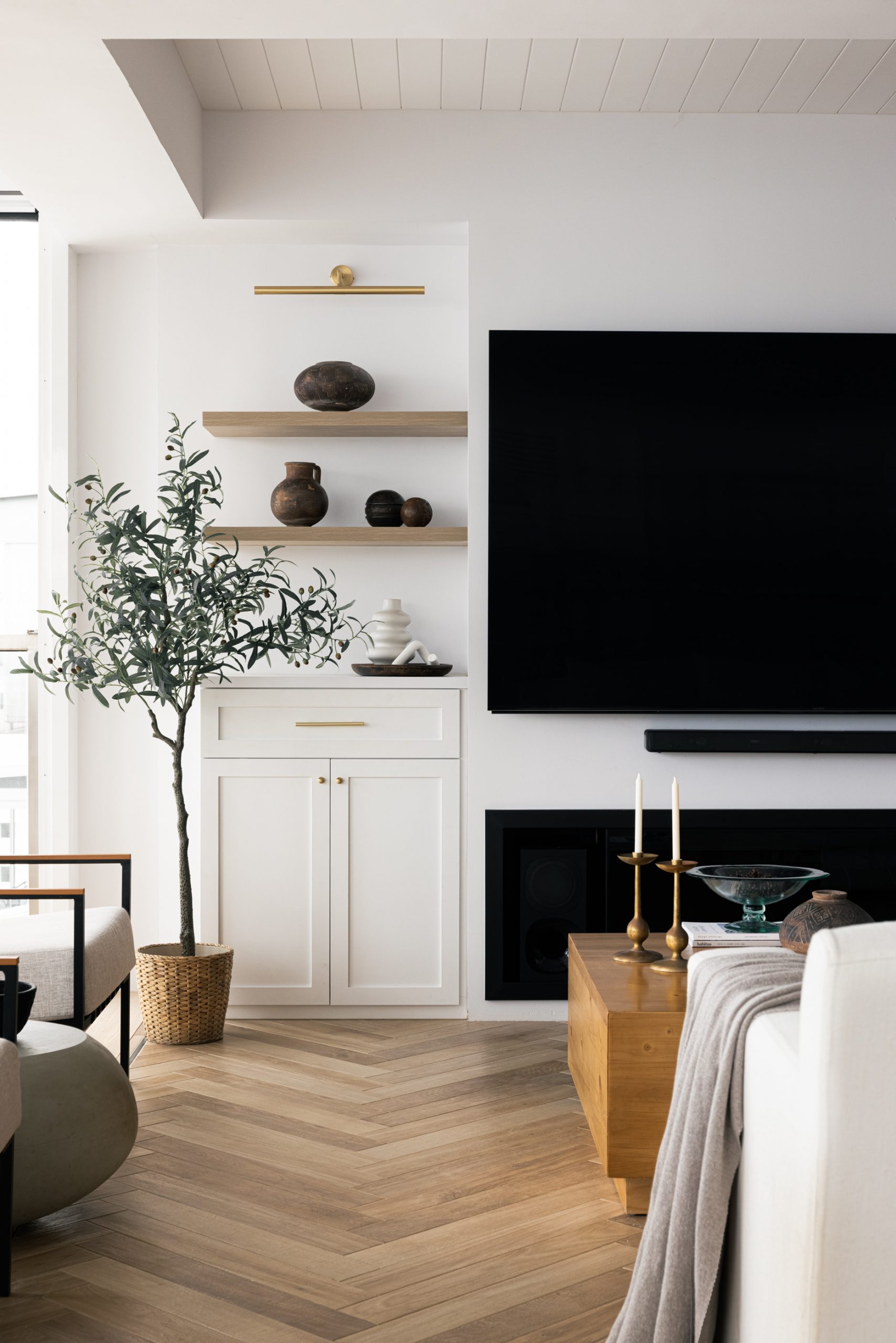
Familiarize yourself with different interior design styles. Each style has its unique characteristics, from traditional and contemporary to eclectic and minimalist. Does the warmth of rustic farmhouse décor appeal to you, or are you drawn to the clean lines of modern design? Do you like the nostalgic conventional notions of traditional design or prefer bold colors with functional design like the mid-century modern style? Expose yourself to the vast variety of styles, and pay attention to your emotional response. At this point, you will start to delve in deeper and question yourself a lot more. Don’t pressure yourself too much if you can’t understand all the different styles; learning doesn’t take form in a day. You can also gather information on a specific style that you have come to like, and find out more about that style too.
4. Assessing Your Lifestyle and Preferences
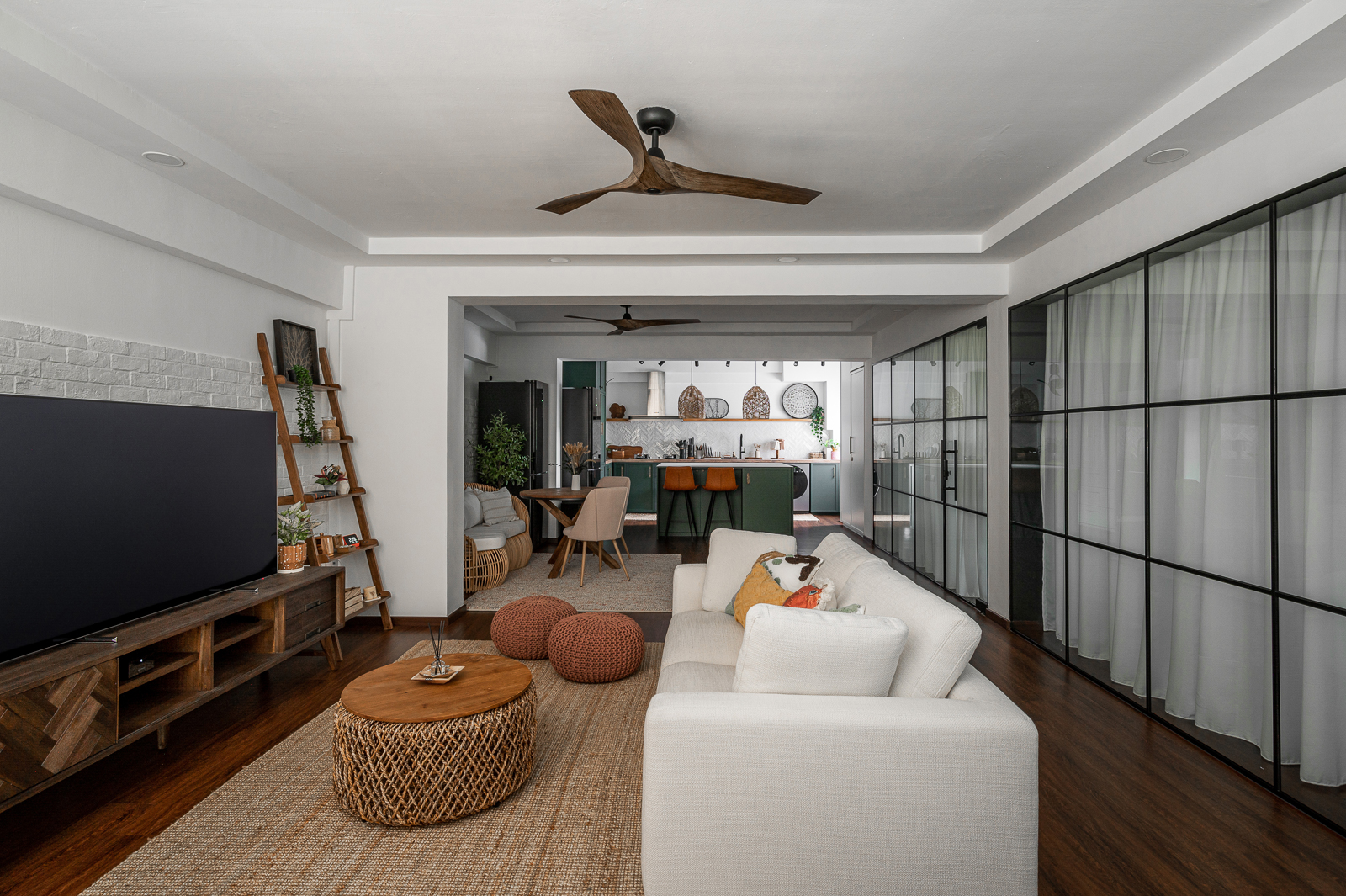
By now you might have multiple ideas of what you like and want for your future home. Next, consider your lifestyle and preferences and how you use your living space. If you entertain frequently, an open, modular, and inviting layout might be ideal. If you value tranquility and relaxation, a Minimalist or Nordic design could be more suitable. If you like to leave your things lying around and being slightly messy, you can consider eclectic or maximalist designs, where your items can look like they are part of the aesthetics.
If you like to refresh your interior from time to time, do consider having more loose furniture for you to shift things around. Tailoring your interior to align with your lifestyle and preferences ensures both functionality and comfort, where your home doesn’t stress you out and provides a space for you to express yourself.
5. Embracing Eclecticism
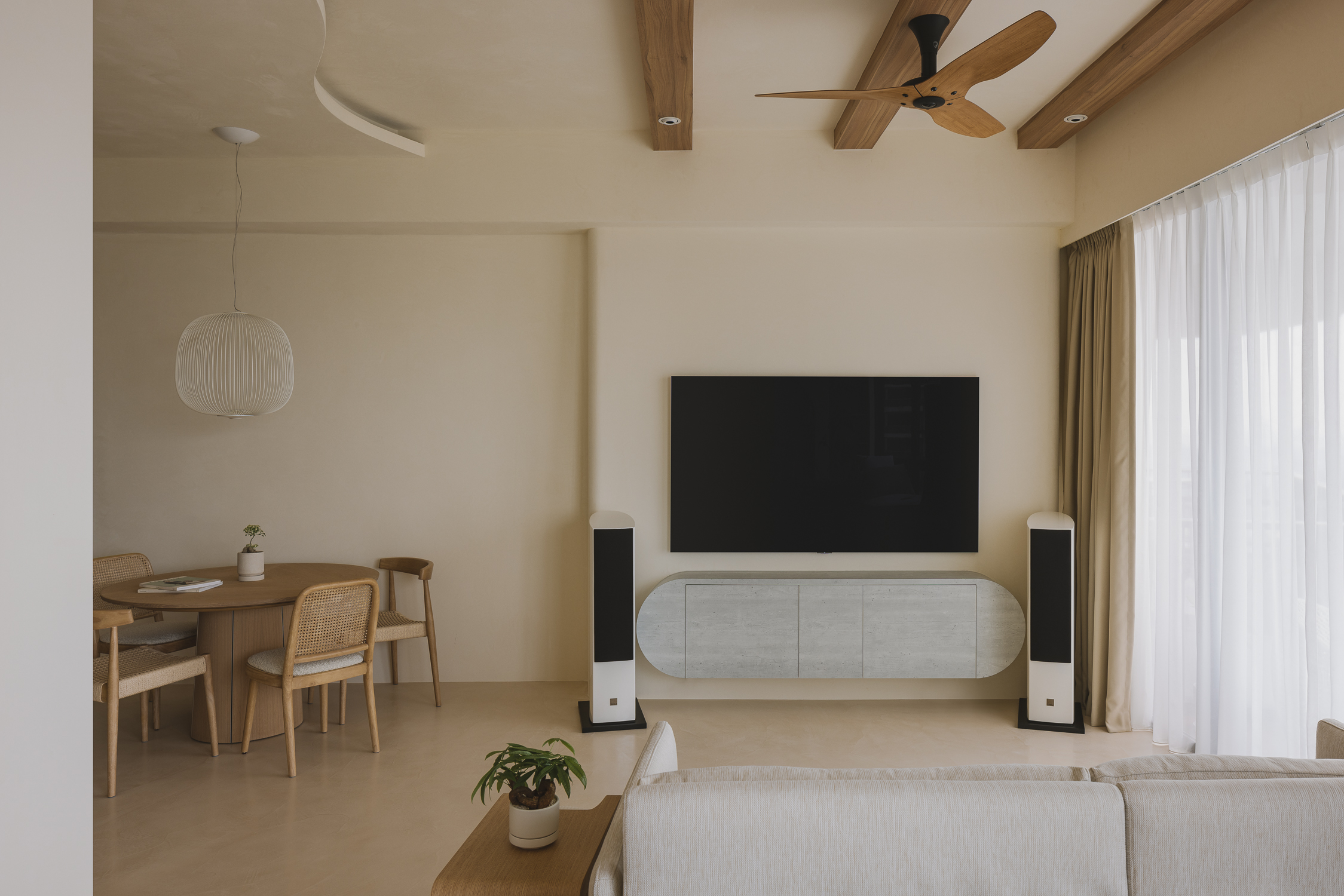
Don’t be afraid to blend styles and create an eclectic mix that reflects your diverse tastes. Eclecticism allows for the incorporation of pieces from different eras and cultures, resulting in a truly personalized and unique living space. If you’re afraid of the color or texture pairing being incompatible, you can make use of the inspiration board that you’ve created previously, and place them together for easy visualization. Another tip is to visit tiling/paint/vinyl showrooms and get their samples. This will help you to better feel and visualize that material and color in your home.
6. Testing the Waters
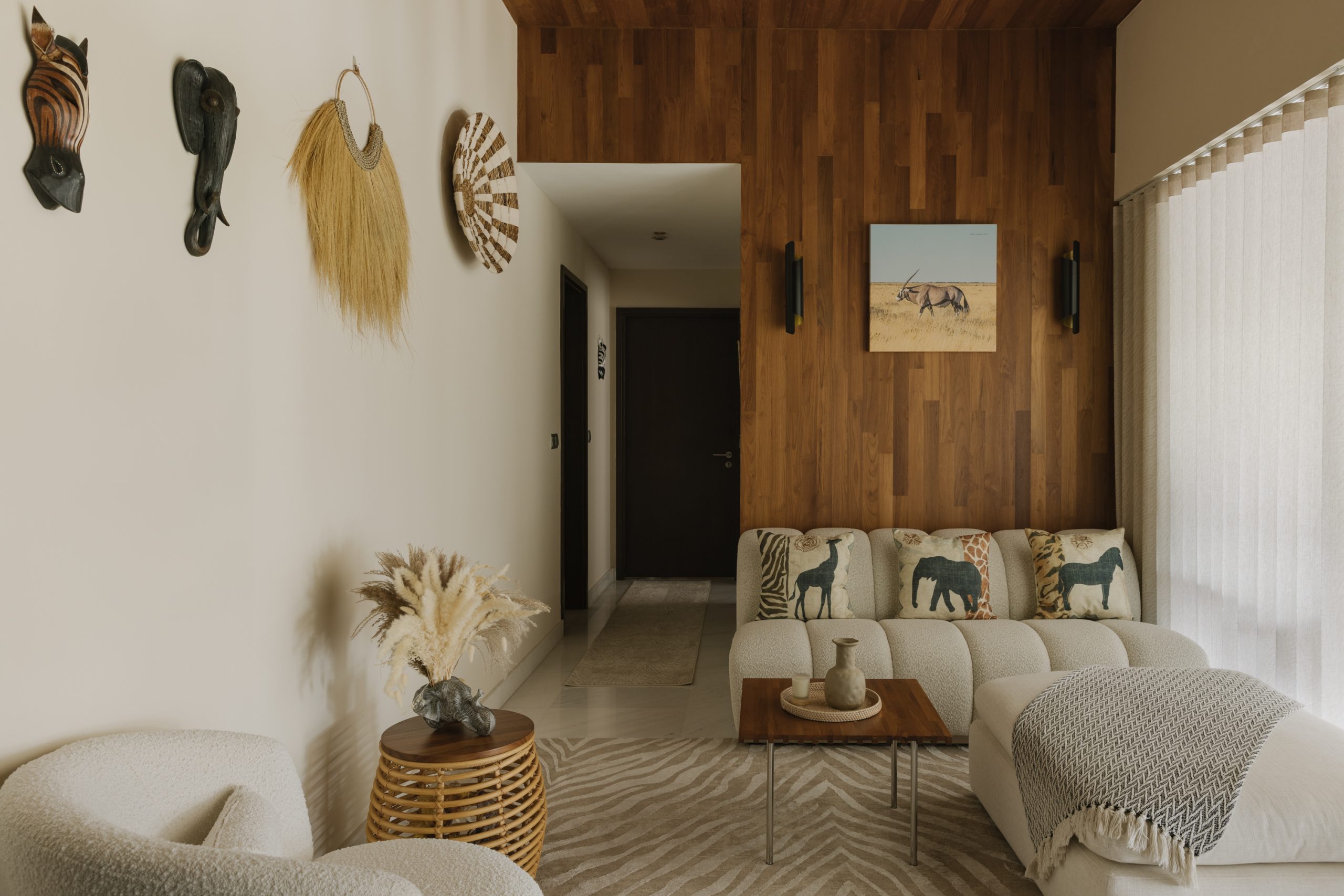
If you like to change things around in your home from time to time, do consider using neutral shades, like warm white, cream, white or limewash for your wall paint, to easily pair with the new furnishings added to your space. If you are intending to revamp your current space, before committing to a complete overhaul, experiment with small changes in your home first. Swap out throw pillows, rearrange furniture, or introduce new colors gradually. This process allows you to assess your comfort level with different elements and refines your understanding of what truly resonates with you.
7. Seeking Professional Guidance
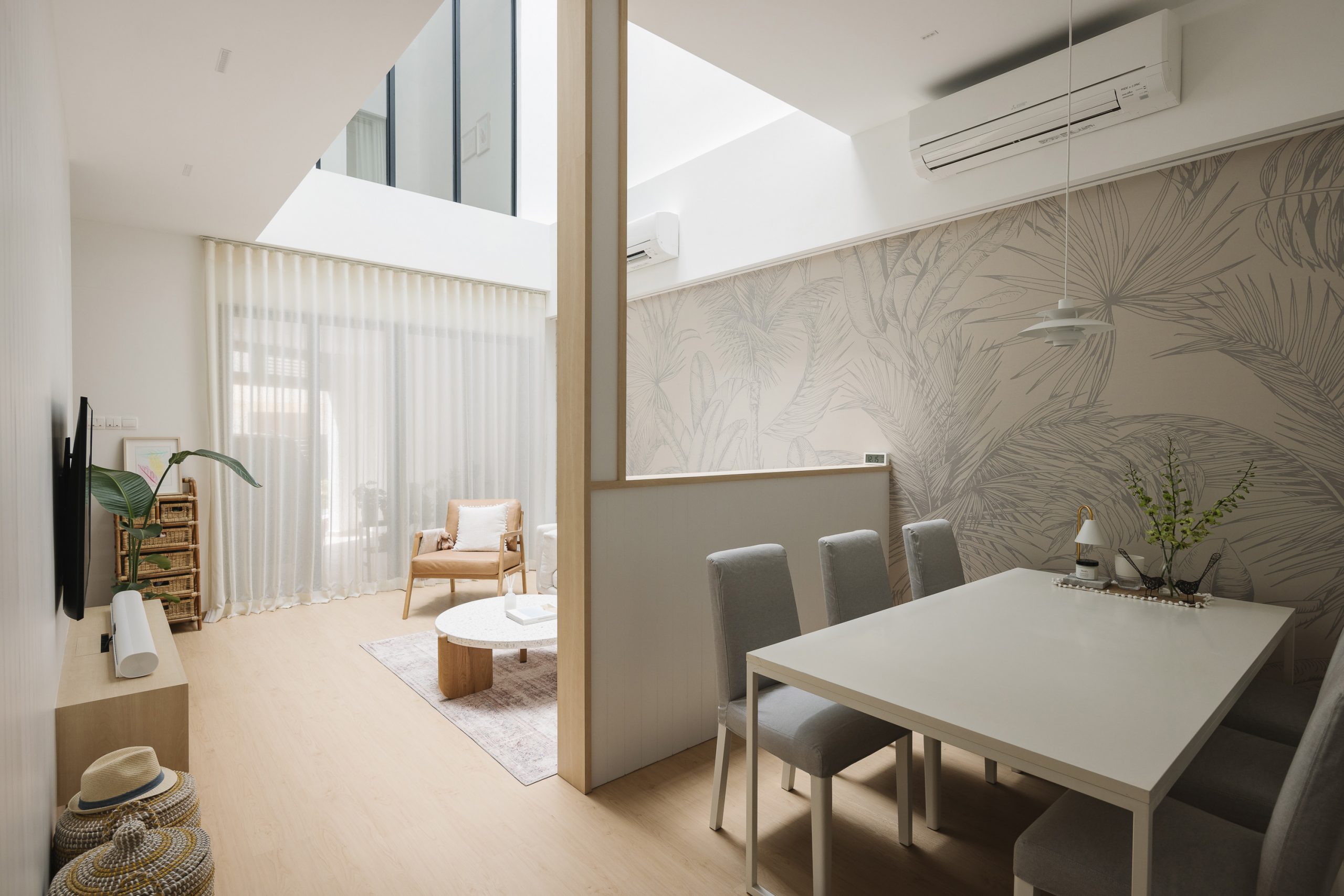
If you find the process overwhelming or are unsure of where to start, consider seeking guidance from a professional interior designer. A seasoned designer can help translate your preferences into a cohesive design plan and introduce you to styles you may not have considered. They will also help to project manage your renovation, which saves a lot of your time and self-monitoring hassle.
Discovering your interior design style is an evolving process that requires self-reflection, experimentation, and a willingness to embrace your unique taste. Your home is your personal canvas that allows you to show your individualism. Whether you lean towards classic elegance, contemporary minimalism, or an eclectic mix of styles, the key is to create a space that feels authentically yours. Trust your instincts, enjoy the journey, and let your home become a true reflection of the beautiful tapestry of your personality. After all, in the world of interior design, your style is the masterpiece waiting to unfold.
CONSULT OUR DESIGNER
- 11 April 2025 TIPS & GUIDES
Wet and Dry Kitchens in Singapore Homes: What Are They And Do You Need Both?
- 8 April 2025 TIPS & GUIDES
How to Mix Scandinavian & Asian Elements for a Unique Look
- 8 April 2025 TIPS & GUIDES
The Golden Ratio in Interior Design: Balance Your Singapore Home
- 8 April 2025 TIPS & GUIDES
Transform Your HDB with Modern Luxury Interior Design
- 8 April 2025 TIPS & GUIDES
How to Blend Traditional Elegance with Modern Luxury Design
- 28 March 2025 TIPS & GUIDES
Biophilic Interior Design: Beyond The Aesthetics






 BACK TO BLOG
BACK TO BLOG